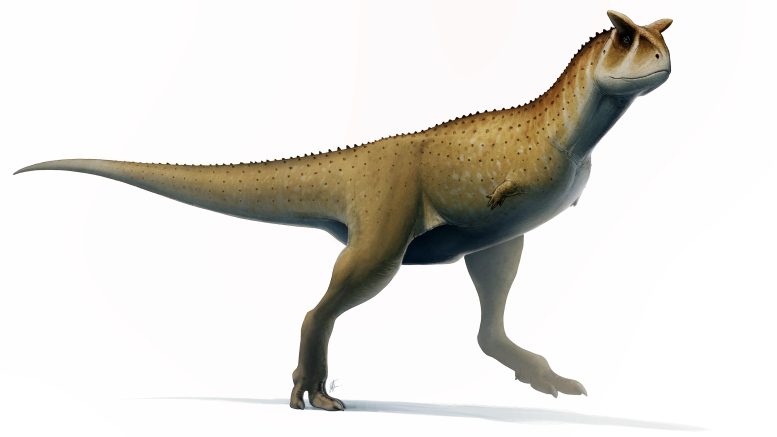
Guemesia ochoai could have looked similar to relatives such as Carnotaurus sastrei (pictured). Credit: © Fred Wierum, licensed under CC BY-SA 4.0 via Wikimedia Commons
A new dinosaur which formed part of an array of “unusual” creatures has been discovered in Argentina.
The new species, Guemesia ochoai, could be the close relative of the ancestors of an armless group of dinosaurs, which roamed the southern hemisphere over 70 million years ago.
A partially complete skull uncovered in Argentina provides new evidence of a unique ecosystem during the Late Cretaceous.
Guemesia ochoai was a species of abelisaurid, a clade of carnivores which roamed what is now Africa, South America and India. Dating back around 70 million years, the dinosaur may have been a close relative of the entire group’s ancestors.
The discovery of Guemesia ochoai‘s skull offers a valuable insight into an area which has very few abelisaurid fossils, and may go some way to explain why the area gave rise to such unusual animals.
Professor Anjali Goswami, Research Leader at the Museum and co-author, says, ‘This new dinosaur is quite unusual for its kind. It has several key characteristics that suggest that is a new species, providing important new information about an area of the world which we don’t know a lot about.
‘It shows that the dinosaurs that live in this region were quite different from those in other parts of Argentina, supporting the idea of distinct provinces in the Cretaceous of South America. It also shows us that there is lot more to be discovered in these areas that get less attention than some of the more famous fossil sites.’
The description of the dinosaur, led by Argentinian researchers, was published in the Journal of Vertebrate Paleontology.
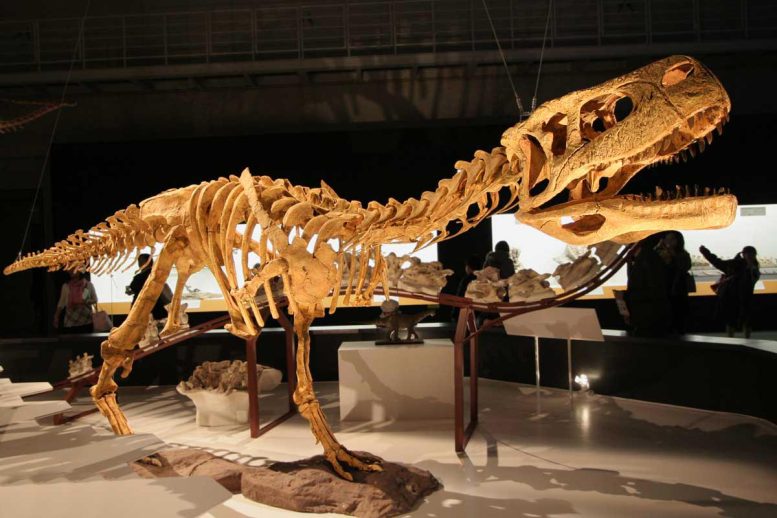
Abelisaurs had very reduced forelimbs, shorter even than those of Tyrannosaurus rex. Credit: © Kabacchi, licensed under CC BY 2.0
Armless, but not harmless
Hundreds of millions of years ago, all the continents were combined together in a supercontinent known as Pangaea. Over time, as tectonic plates shifted, this landmass began to break into Gondwana and Laurasia.
By 180 million years ago, these two massive continents would themselves start to split, with Gondwana breaking apart to form the major continents in the southern hemisphere, as well as India.
While the new continents were slowly moving apart, species would still have been able to move between them, leading to some scientists suggesting that the fauna of each landmass would have remained largely the same.
One of the groups living in Gondwana at the time were the abelisaurid dinosaurs. These were a group of top predatory theropods which may have fed on large dinosaurs such as titanosaurs. Yet despite this fearsome lifestyle, they were able to take down their massive prey without the use of arms.
Many species of abelisaurs had front limbs that were even shorter than those of the more famous Tyrannosaurus rex and effectively useless. This would have left abelisaurid hands unable to grasp, forcing the dinosaurs to rely on their powerful heads and jaws to capture prey.
Fossils of these carnivores have been found in rocks across Africa, South America, India and Europe dating to the Late Cretaceous, just before the dinosaurs were wiped out 66 million years ago.
Argentina is well known for abelisaur fossils, with 35 species already described from the country. But nearly all of these are from Patagonia, in the country’s south, and comparatively few of the dinosaurs have been found in the north-west.
The description of this new species from part of a skull provides vital new knowledge for scientists researching this period of history.
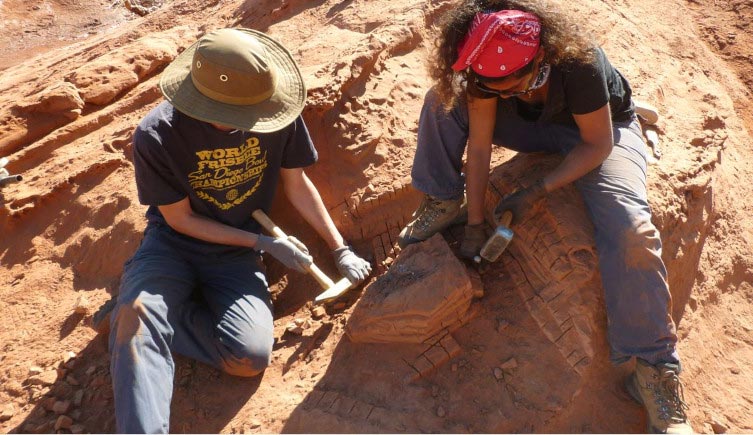
Guemesia ochoai, whose braincase was enclosed within this block, was discovered in northern Argentina, where abelisaurs are rarely found. Credit: © Anjali Goswami
Abelisaurid ancestor?
The braincase, including the upper and back parts of the skull, was found in the Los Blanquitos Formation near Amblayo, in the north of Argentina, in rocks dated to between 75 and 65 million years old. This means this animal lived just before end-Cretaceous mass extinction that saw the extinction of most dinosaurs.
One unique feature of this dinosaur are rows of small holes in the front of its skull known as foramina. The researchers have suggested that these holes could have allowed the animal to cool down, with blood being pumped into the thin skin at the front of the head to release heat.
Like many abelisaurids, the skull has a ‘remarkably small’ braincase, but even then, the new species has a cranium about 70% smaller than any of its relatives. This reduced size may point to it being a juvenile, but there is conflicting evidence on this.
A similar lack of clarity extends to its other features, including thin parts of the skull and, unlike other abelisaurids, a lack of horns. It has been suggested that this could mean that the new species is near the bottom of the family tree of abelisaurs or closely related to the ancestors of the rest of the group.
While some of the details may still be unclear, there are enough unique features of the dinosaur to convince researchers that is a new genus and species, which they named Guemesia ochoai. It is named after General Martin Miguel de Güemes, a hero of the Argentine War of Independence, and Javier Ochoa, a museum technician who discovered the specimen.
While many questions still surround the newly described abelisaurid, it adds to a growing body of evidence suggesting north-western Argentina had a unique set of creatures unlike those found elsewhere in the world at this time.
These include podocnemidoidae turtles such as Stupendemys geographicus, one of the largest of the aquatic reptiles to have ever lived.
Scientists now hope to uncover more specimens of Guemesia ochoai and its relatives to find out more about life in ancient Argentina. They are particularly focused on the period just before and after the end-Cretaceous mass extinction to understand how this massive event shaped life on Earth.
In addition to Guemesia ochoai, the team has already uncovered several other interesting species, from fish to mammals, which they are currently describing.
Anjali explains there is still much to be learned from the fossils of northern Argentina.
‘Understanding huge global events like a mass extinction requires global datasets, but there are lots of parts of the world that have not been studied in detail, and tonnes of fossils remaining to be discovered,’ she says.
‘We left some exciting fossils in the ground on our last trip, not knowing that it would be years before we could get back to our field sites. Now we are hoping that it won’t be too much longer before we can finish digging them up and discovering many more species from this unique fauna.’
Reference: “First definitive abelisaurid theropod from the Late Cretaceous of Northwestern Argentina” by Federico L. Agnolín, Mauricio A. Cerroni, Agustín Scanferla, Anjali Goswami, Ariana Paulina-Carabajal, Thomas Halliday, Andrew R. Cuff and Santiago Reuil, 10 February 2022, Journal of Vertebrate Paleontology.
DOI: 10.1080/02724634.2021.2002348

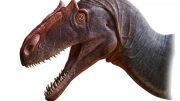
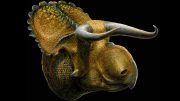

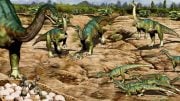
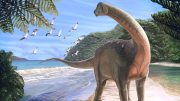
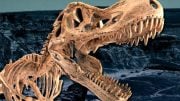
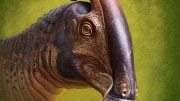
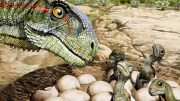
I love dinosaurs. When I learned to read, my dad bought me dinosaur books. Rather than learning “See Spot run”, I was learning, “Stegosaurus”. Shaped me as a better human being.
Extremely Interesting.
We will discuss this species Specific details in a later post.
Sharing some initial Thoughts. For your Consideration.
1. Argentina is a thin Strip of Land in South America.
2.The Theory Of Tectonic PLates , if refined and thought of as a Gaint Jigsaw Puzzle to be solved , may help solve lots of unsolved mysteries of the evolution of our Planet Earth as well all the evolution of the varied Flora and Fauna, which has evolved on it ( On Land, Under Water and also in the Oceans) over billions of years since the Planet was formed.
3. We are only using Fauna to piece together the Puzzle of this arm missing Dinosaur in Isolation. Unlikely to eild comprehensive understanding.
4. What about Flora? The surrounding environment and the evolution of Flora needs to be an integral part of Pastdiction (Reimaging and recreating the past based on data and information pieced together).
5. The detailed of the evolution of the Single Continent Pangea (originally Cllaed “Jamboo Dwipa” — the Island of Jamboo —- in ancient Vedic Literature) and tectonic planes moving and other deep forces in the bowels of the earth , the Oceans and Volcanoes etc. WHICH ARE driving the creation and current state oof Planet Earth, needs to be pieced together accurately. Once done , make and share a Video.
6. Use the Human Species evolution and Connectivity of ALL humanity as a basseline. The Smart Scientists in Cambridge in UK have created a Map connecting all of the Human Species and published the same as a baseline a few days ago.
7. Remember that locomotion of Creatures which are alive is a inherrent fact of Nature.
8. I dont know if Dinosaurs had the ability to Swim and cross Oceans during the evolution of the Planet Earth, using their mighty tail. Probably did for the brave ones!
9. I do know that many species of Dinosaurs had the ability to Fly. However, they did exist. Supposedly the modern day birds are relatives of the flying variety of the Dinosaurs!.
10, Are there any Sea Creatures with Vertebrate (Whale?) which exist , which can fit on the family Tree of the Various Species of the Dinosaur Family. These Reptilian Lizards nned to be studied and understood properly to understnd the theory of Extinction Of Species. oF Both Flora and Fauna”.
11. I suspect that the classic work of Charles Darwin (based on Beetles Species?) , needs to be refined in Light of New Knowledge.
12. I recommend
(a) Cockroaches (based on the likelihood of Survivability in Case of a Catostrophic Nuclear War Event , let loose on innocents by people with the ability to press a button! and
(b) Rats (Similar to Humans~ I suspect!!!)
Recommendation :Get Emojis for the Next Generation Science Kids in this Feedback mechanism . Passion drives Progress and Innovation.
Views expressed are personal. Not Binding on Anyone.
Will revert to authors after studying the detailed article. Thanks for providong access. I too have a Vertebrate and also a Spine. Still Intact!!